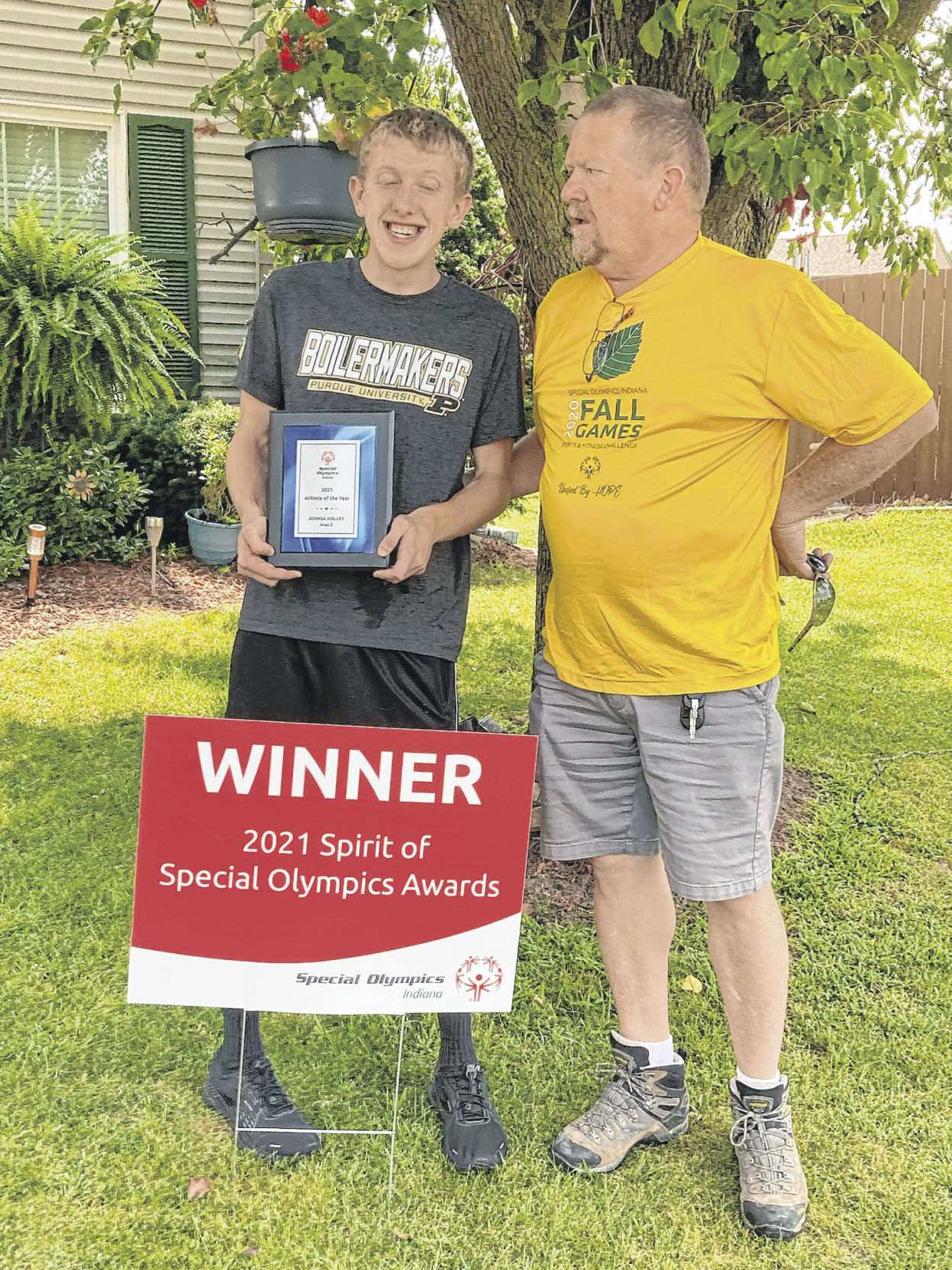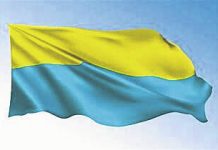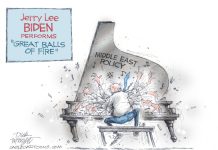By Harry McCawley
I’m not sure how many Memorial Day speeches I’ve listened to over the years, but it has to be in the dozens. I’ve even been called upon to give a few myself.
By and large, most, including mine, have been less than memorable. That’s not necessarily the fault of the speakers. The assignment itself — to give some kind of meaning to the subject — is difficult at the least and close to impossible in some instances.
Most of the speeches I’ve heard have been given by veterans, ranging in rank from multistarred generals to gunnery sergeants, but there have also been well-intentioned talks by public officials who did not serve, in large part because they were not subject to the draft, which was suspended after Vietnam.
Even the talks given by those who had served in combat assignments seemed to fall short in awakening their audiences to the awful realities of war and the loss of human life. I suspect in many of those cases, the speakers were still coping, years later, with their memories and a natural reluctance to not revisit them.
[sc:text-divider text-divider-title=”Story continues below gallery” ]
I’m not sure that there is an easy way to get around those understandable obstacles, but John Walter, a 96-year-old retired Cummins engineer and a bomber pilot during World War II, was able to bring back 74-year-old memories in a speech Monday at the Bartholomew County Memorial for Veterans. He provided his audience with a true sense of the price paid when nations go to war. It’s often called the ultimate sacrifice.
It was a relatively short talk, but in the seven minutes he was at the podium, John recounted the stories of four friends whose paths he had crossed after enlisting in the U.S. Army Air Force in 1942 with the goal of becoming a pilot.
“My hope turned into reality when the Air Force accepted me as an aviation cadet,” he told the audience. “They sent me to primary flight school in north central California. Now, not only did my flying desires take wing, but I also made a lot of new friends.”
One of those friends was a young man from Seattle named Bill Noland. The two spent time together both on and off duty, often hitchhiking to San Francisco on Sunday passes.
“We really enjoyed those times,” John told the audience.
That ended late in his training tour while he was flying solo in a formation with other trainees and their instructors. “I happened to see one of our planes crash into a rice paddy,” he recalled. “Our plane didn’t have a radio, so I immediately returned to base to report the crash.”
The hours that followed were filled with uncertainty as investigators rushed to the scene, but eventually the word came back. There had been a midair collision. Three men were killed that day, two flight instructors and Bill Noland.
“Bill had probably been in the Army for no more than six months when a midair collision cut his life and career short,” John said. “In my book, even if he had no contact with the enemy, Bill is a veteran.”
Shortly after that John received his wings and was assigned to be a pilot on an eight-man crew flying a B-17 Flying Fortress Bomber. The target on his first mission out of Great Britain was a synthetic oil refinery in eastern Germany. The formation was to fly at 27,000 feet, which was in range of German anti-aircraft artillery.
“As we began the bomb run to the target, the layer of greasy black smoke left by the shell bursts made it obvious we were entering a fierce barrage,” he said. “Once in the barrage, a shell exploded off to the right of our course, just a little above and ahead of our position.”
His memories of what followed are still clear. “A piece of shrapnel from that shell burst came through the plexiglass cockpit canopy and hit Tom Sevald, the co-pilot, in the left shoulder just above the collarbone. It severed his carotid artery, causing a fatal wound.”
Tom Sevald was not the only crew member to become a victim on that first bomb run.
“I asked Jim McCue, the flight engineer, to see if he could help Tom,” John said. “He took one look at Tom and went into shock and sat down on the cockpit floor unresponsive and immobile. McCue had suffered an invisible wound that brought about his relief from further air crew duties.”
Ironically, John and his crew would return for a third time to the same target that was so costly in their first mission.
During the flight he conducted a routine oxygen check with the other crew members. When he got to his navigator, Nelson Kurz, there was no response. The bombardier was asked to check on the navigator, reporting back that he was not breathing. At some point in the high altitude flight his oxygen supply hose had become separated from the regulator.
“At 28,000 feet without the supplemental oxygen, a human will survive less than five minutes,” John explained to his audience. “The insidious part of a lack of oxygen is the victim is totally unaware of what is happening and the extreme effect it will have.”
John was able to complete his required number of missions, eventually leaving military service and beginning a career that in later years brought him to Columbus. The incidents he recounted to the audience Monday are 74 years old, but he remembers them “as if they occurred yesterday.”
By telling them to a much younger audience in such a simple but moving fashion, he gave real meaning to the phrase “ultimate sacrifice.”
Harry McCawley is the former associate editor of The Republic. He can be reached at [email protected].





